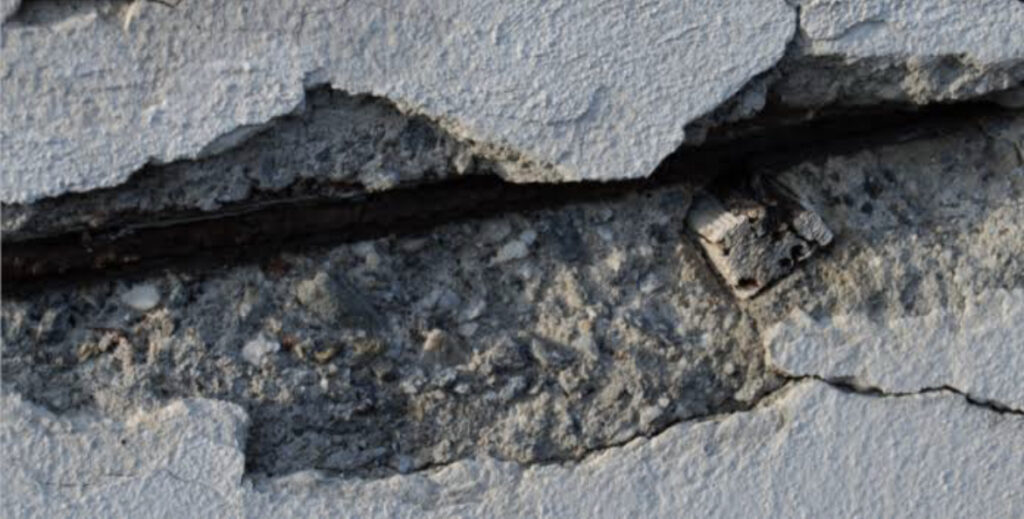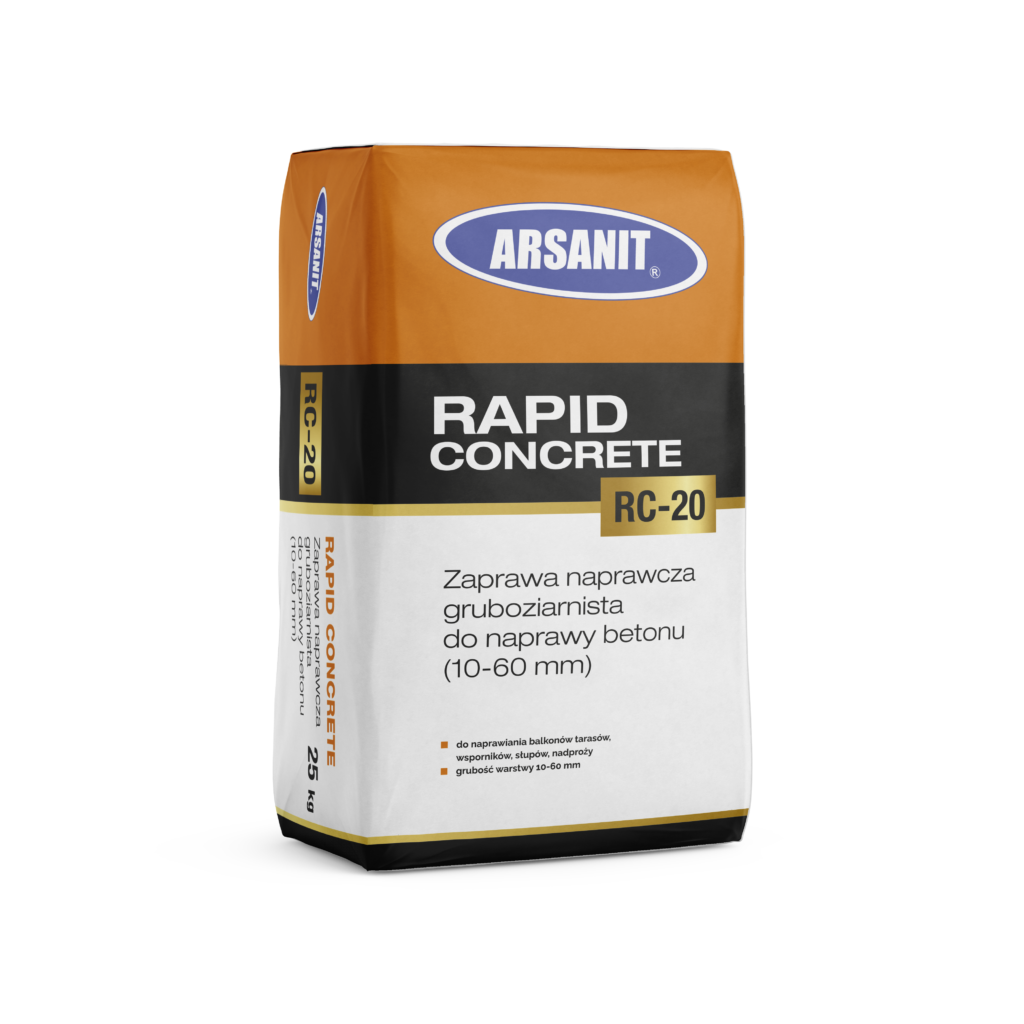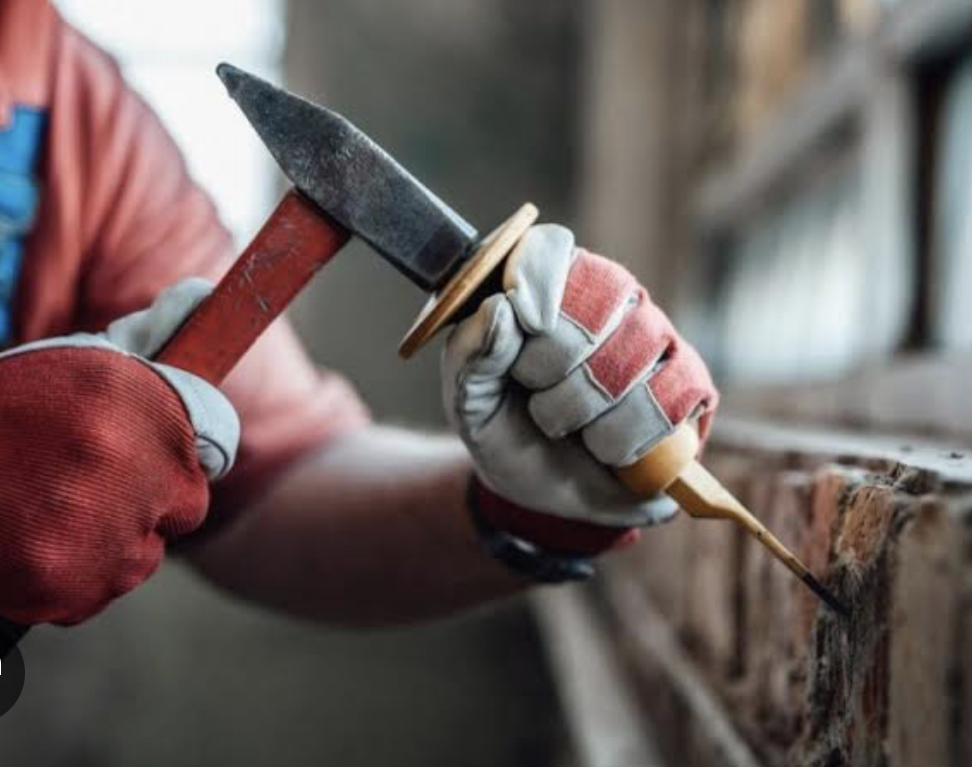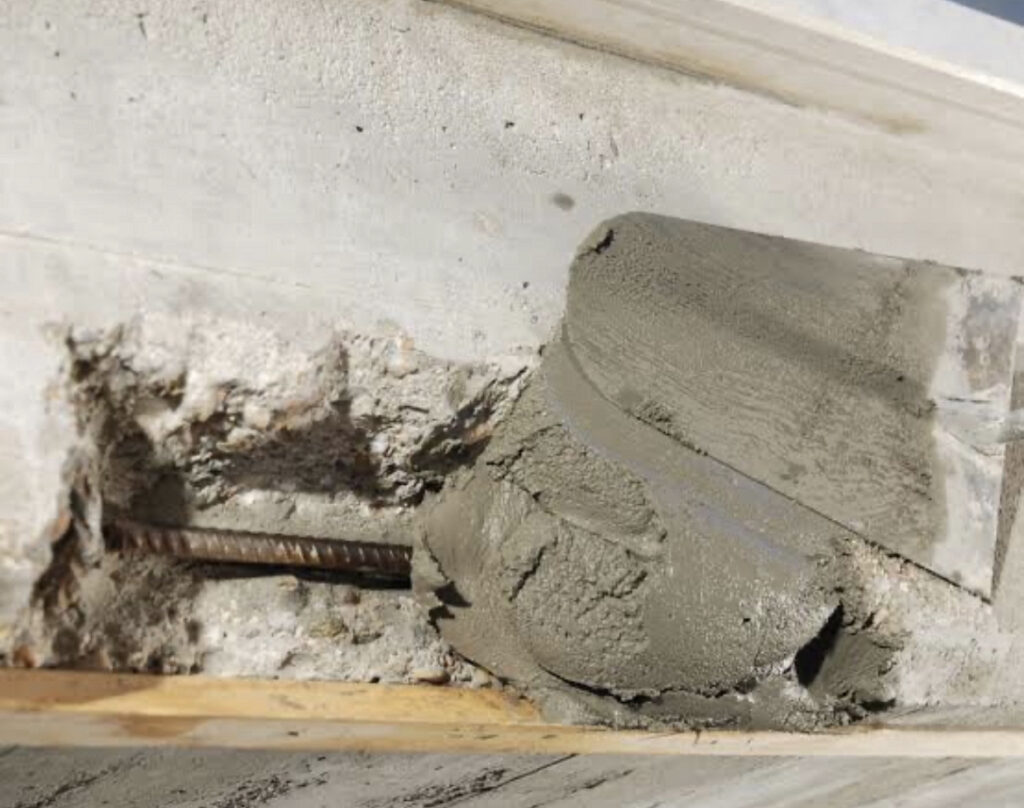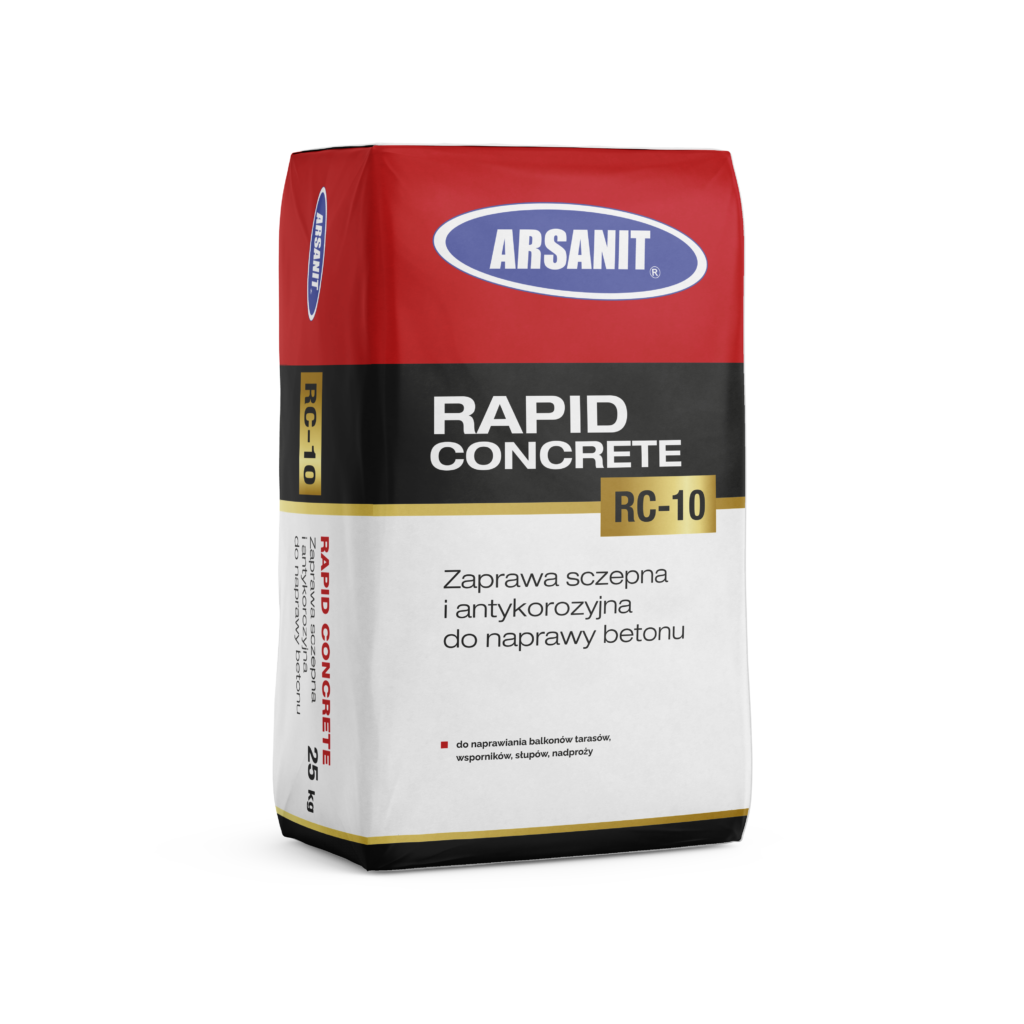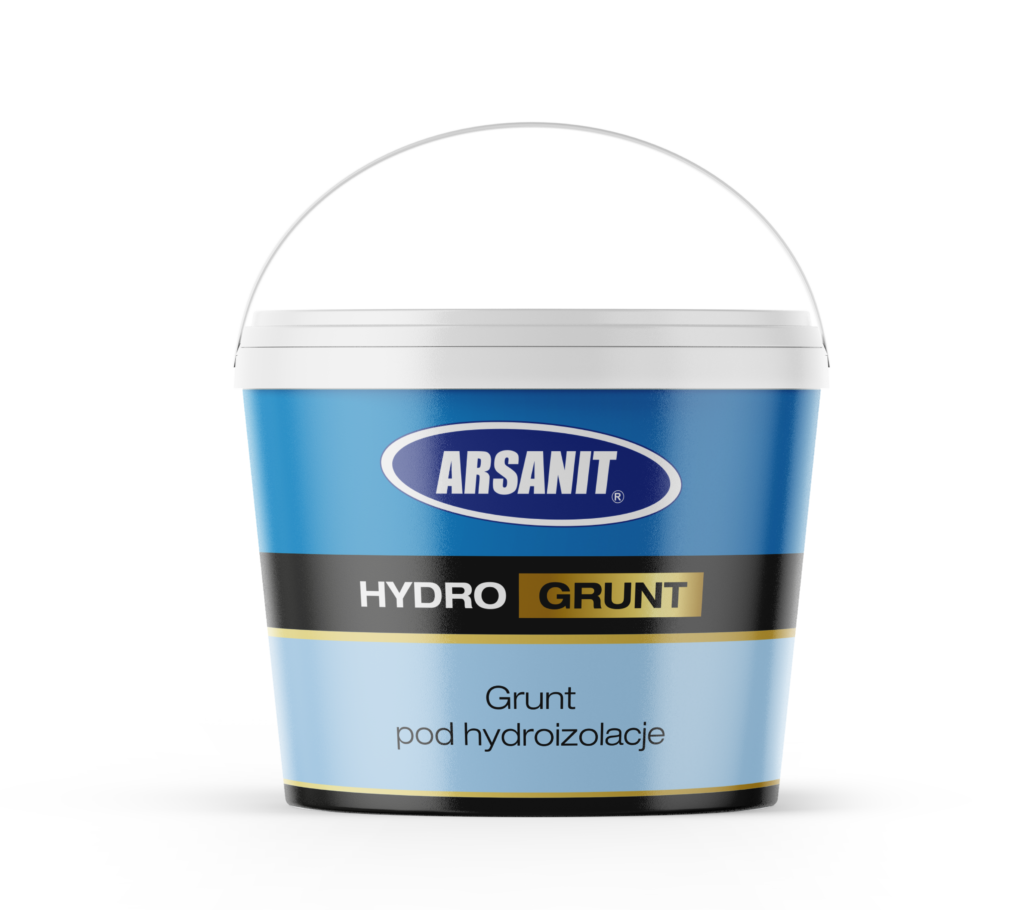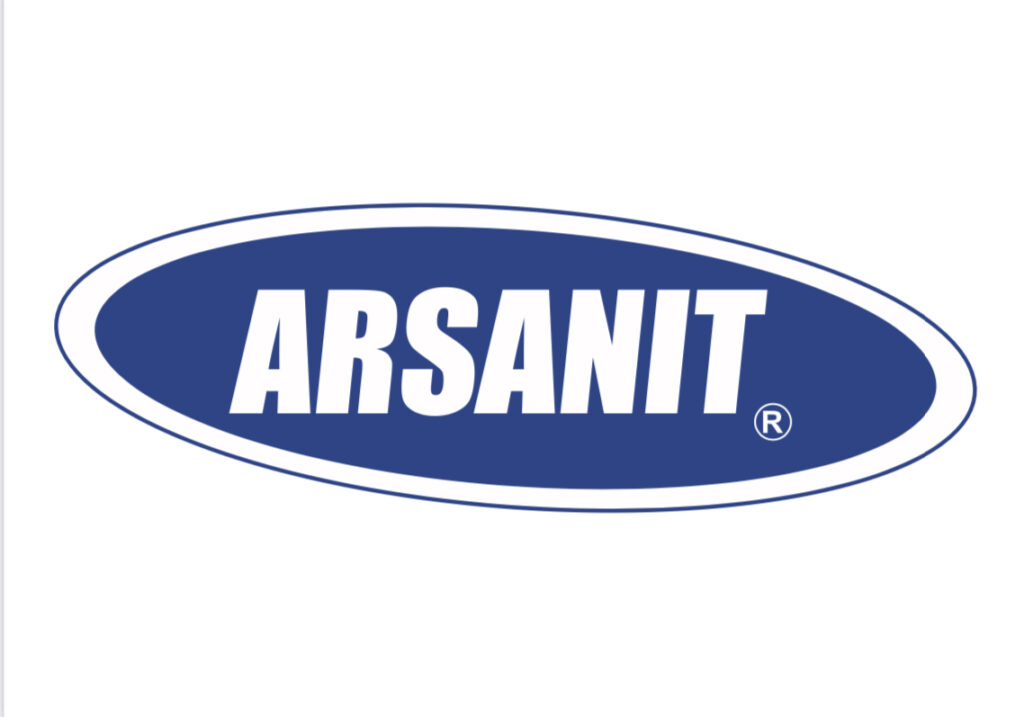RAPID CONCRETE RC-20 - coarse-grained mortar intended for repairing concrete and reinforced concrete damaged by mechanical or corrosive factors. Suitable for repairing elements such as: balconies, terraces, brackets, columns, lintels, stairs, floors, etc.
- mortar for structural repairs,
- repair of concrete and reinforced concrete substrates,
- for leveling defects,
- high adhesion to the substrate,
- intended for minor masonry works,
- for filling small wall defects,
- easy to use,
RAPID CONCRETE RC-20 - coarse-grained repair mortar is a special mixture used to repair and strengthen concrete and reinforced concrete. The main ingredient is cement, which after hardening creates a durable structure. The repair mortar provides greater substrate strength and is designed to adhere well to the existing concrete, which is crucial for a successful repair.
IMPORTANT INFORMATION:
- Mixing proportions: 3.0 liters of water per 25 kg of mortar,
- Layer thickness: 10 mm / 60 mm,
- Application temperature: +5°C to +28°C,
- Traction: very high,
- Shelf life: 12 months,
SUBSTRATE PREPARATION:
Preparing the surface before applying the repair mortar is an important step that affects the durability and effectiveness of the repair.
Below are the general steps for preparing the substrate:
1. Remove all loose, loose pieces of concrete, plaster or paint. You can use a hammer and chisel or other removal tools.
2. Clean the surface of dust, dirt and other contaminants. You can use a wire brush, a synthetic fiber brush or compressed air.
3. Wet the surface with water, a moist surface increases the adhesion of the mortar and helps the materials bond better.
4. If there are any defects in the surface, e.g. holes or recesses, fill them with repair mortar.
5. Remove corrosion by grinding and protect the surface against further corrosion with RAPID CONCRETE RC-10 mortar.
6. Prime the substrate with AKRYL GRUNT GRUNTEX. The primer helps the mortar adhere better to the substrate.
7. After the substrate dries, apply the repair mortar to the substrate using a putty knife or trowel.
Before applying the repair mortar to the substrate, make sure the surface is clean and dry.
Fresh mortar should be cared for and protected from drying too quickly by covering it with foil or damp mats - especially in the case of high sunlight or drafts.
